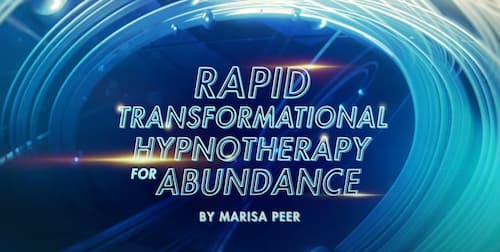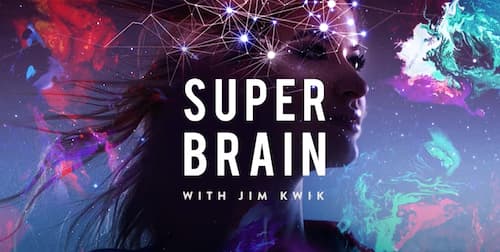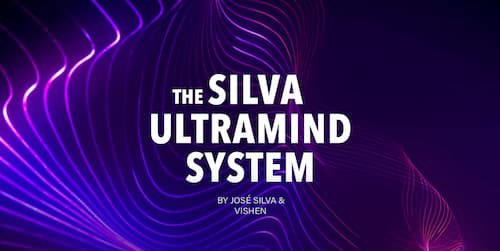Ever since Japanese cell biologist Yoshinori Ohsumi won the Nobel Prize in Medicine in 2016 for his discoveries of mechanisms for autophagy, fasting has been on the rise.
That said, fasting has been integral to multiple cultures long before this groundbreaking discovery.
What’s different today is that intermittent fasting has become a trendy way to lose weight and get in shape. Yet, unlike this dangerous dieting mentality, fasting brings the most benefits when it becomes a lifestyle.
So what types of fasting are the most popular, and which one is the most sustainable as a lifestyle? Let’s find out.
The Most Popular Types of Fasting
- The 16/8 Method: This involves restricting your daily eating period to 8 hours and then fasting for 16 hours in between.
- Eat-Stop-Eat: This involves fasting for 24 hours, once or twice a week.
- The 5:2 Diet: With this fasting type, you consume only 500–600 calories on two nonconsecutive days of the week, but eat normally the other five days.
- The Monk Fast: It involves drinking only water for 36 hours once per week.
Before you decide which fasting type to choose, let’s see what happens when you fast for 24 hours and beyond.
4 stages of fasting you go through when you fast for 24 hours and more
- Stage 1 (2-4 hours after a meal): The level of insulin reaches its highest point.
- Stage 2 (4–12 hours after a meal: The level of insulin gets stable, but your glycogen is at its lowest because your body uses it for energy.
- Stage 3 (2–14 hours after a meal): By this time, your levels of glycogen reserves are empty. That’s when you are reaching out for the energy in the fat cells, meaning your body releases free fatty acids.
- Stage 4 (14-20 hours): You reach the peak of fasting benefits such as an enhancement of levels of growth hormone, fat loss, muscle gain, improved insulin sensitivity, cellular repair, and gene expression (brain anti-aging) to name a few.
When you fast beyond 24 hours, you go into an autophagy state when your body starts the self-rejuvenation process.
The 16/8 Fasting
The longer you fast, the better? Not necessarily.
Studies show that even fasting for 12–14 hours during a month results in 3% bodyweight reduction and up to 37% triglyceride decrease.
The key is to develop a fasting practice as a lifestyle, not just a temporary solution to meet your weight goals.
For this reason, the simplest, most sustainable fasting type is the 16/8 method.
Not Eating vs. Fasting
Not eating and fasting aren’t the same because fasting happens when you don’t eat long enough to allow your body to operate differently.
In other words, you’re consciously changing the rules of how your body usually operates.
Ronan Oliviera, head of Health and Fitness at Mindvalley and the author of Beyond Fasting Quest, explains that when you eat your food without a long break, you keep replenishing your storage. So your body never gets to use excessive energy stored in the fat cells.
He explains it in what he calls “the kitchen analogy.”
The kitchen analogy
- Food on the table: energy source your body consumes immediately
- Food in the fridge: glycogen reserves in your muscles and liver
- Food in the freezer: energy that the body stores within fat cells
So the idea of fasting is to do it for long enough to start using more energy stored in fat cells.

Developing Your Perfect Fasting Practice
To develop your perfect fasting practice, you need to decide on two things: your fasting and feeding windows.
- The fasting window is when you don’t eat or drink anything.
- The feeding window is when you are eating.
In the 16/8 type of fasting, your fasting window is 16 hours, and the remaining 8 hours is your feeding window.
3 types of feeding windows
- Late breakfast: You push your first meal to later hours. That’s when you literally break your fast. This fasting type is suitable for most people.
- Early dinner: You eat your first meal early in the morning and have your last meal in the middle of the day. It’s suitable for people with a flexible schedule. This fasting type maximizes the benefits of fasting because our digestion is better during the day.
- Lunch-centered: When you eat at around 10 a.m. and finish your last meal at 6 p.m. This fasting type is the most convenient.
5 things to consider to define your feeding window
- A work schedule that supports your window
- Family traditions
- Social commitments
- Workout time
- Sleep time
For example, if you do high-intensity training, you want to have a meal before your workout. You may also have a well-established family tradition around food, such as having late dinners together, so you want to keep them in mind.
Lastly, if everything else is flexible, consider your sleep time because your feeding window should finish at least three hours before you go to bed.
It may sound counterintuitive, but intermittent fasting can simplify your life once turned into a lifestyle. It doesn’t have to be perfect from day one. The main thing is to get back on the horse if you fall off.
The biggest mistake you can make is to practice fasting temporarily, then give up entirely because ‘you failed’. So give yourself permission for a mistake and always return to this healthy practice.
—
Images generated on Midjourney.











